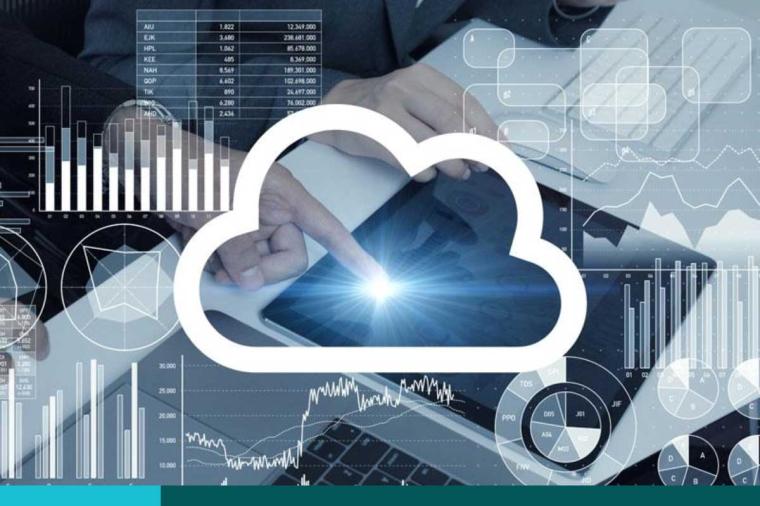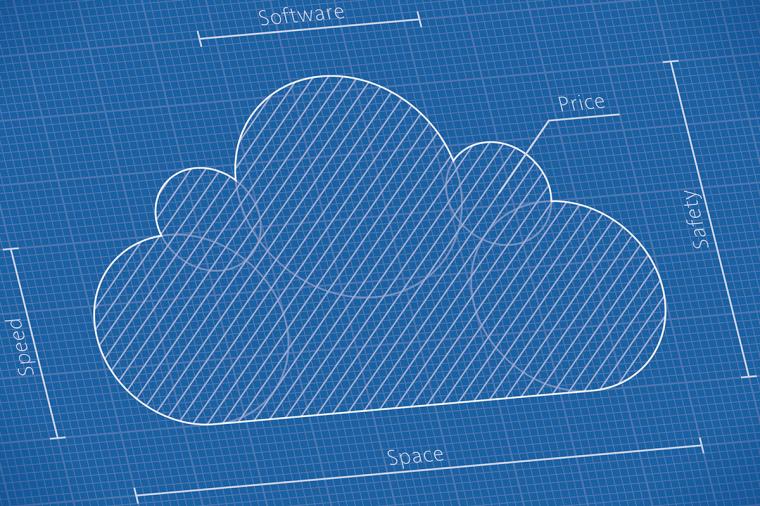Five Key Takeaways From InformationWeek’s GovCloud
Last month’s InformationWeek’s GovCloud explored the "what next" of cloud computing in the public sector. It brought together government IT professionals and vendors to discuss the choices involved in utilizing the cloud properly.
My five main takeaways from the event are:
- Opening Keynote: Cloud Strategy 2.0, presented by Keith Trippie, Executive Director of the IT Enterprise System Development Office, Office of the Chief Information Officer (OCIO) – US Department of Homeland Security. US DHS has started to provide service delivery using cloud computing and are now targeting cloud for strategic initiatives. It has been a two year journey, but US DHS has migrated nine key services to their private cloud. The agency has also leveraged the public cloud. The community model seems to hold a lot promise at this time. It should lead to standardization that facilitates shared services with peer groups within DHS. In time, migration to cloud services will allow OCIO to move from a cost center to a value center.
- Fast, Secure Cloud Deployment (FedRAMP update), presented by Katie Lewin, Director, Federal Cloud Computing Program, Office of Citizen Services. Cloud deployment is faster and securer because the pricing model has changed. IT requirements can now be met without a huge upfront cost. Cloud computing now uses the same pricing models as a typical utility. Utility computing pricing model shifts the burden from capital expenditure to operational expenditure. Also similar to public utilities, there is a need for regulatory oversight. AWS is working closer with public sector enterprises closer than ever to ensure their solutions match strict regulatory requirements.
- The Cloud as an Enabler for Business Transformation, presented by Deloitte. IT Departments have been (perhaps unfairly) seen as an impediment to business innovation. This viewpoint is partially due to program-level requirements for providing innovation to their user communities. The programs need a certain level of agility and flexibility. The cloud is seen as a means of rapidly delivering services. This does not mean that the IT function is going to disappear. We see IT becoming more aligned with programs offices. In essence, business requirements will drive the migration to the cloud. Today’s systems analysts will eventually transition to something more along the lines of business analysts. So, the vast years of institutional knowledge remains in-house, whilst gains in innovation and agility help programs rapidly deploy services. It’s a win-win.
- Disaster Recovery (DR) with the AWS Cloud. The cloud should be one part of an agency’s DR. Agencies should still perform all the requisite processes that comprise a disaster recovery program, including risk analysis, failover tests, and business impact assessments. We feel that Public sector agencies should avoid Disaster Recovery as a Service (DRaaS) as their sole DR solution.
- Real World Apps Showcase. Agencies are using cloud-based applications in ways never before imagined. One of the highlights was NIH-Amazon Microbiome Cloud Pilot by Yentram Huyen, Ph.D., Chief, Bioinformatics and Computational Biosciences Branch, Office of Cyber Infrastructure and Computational Biology, OSMO/OD/NIAID/NIH.
Current challenges are:
- Data is stored remotely at NCBI and NMP DACC and analysis tools are provided, but computing power is not
- Users must download data and analyze on a local system; the downloads are time-consuming
- Many users don’t have the knowledge or compute infrastructure to store data and perform analyses
Several predicted benefits of co-locating microbiomedata and tools in a single, cloud-based compute environment are:
- Reducing the need to continually transfer large data sets
- Promoting data analysis directly on the cloud
- Benefiting researchers without access to sufficient compute power
- Facilitating the sharing of data, methods, analysis tools, and results
- Democratizing access to data and analysis tools
- Serving as a potential model for other high-throughput data projects
This collaboration between industry and a federal agency is one example of the successful migration of workloads to the cloud. The agency’s project goal was to simplify the analysis of microbione sequence data. Thus, this use case reiterates how the agency can securely accomplish a vital project using cloud services.
We applaud the multiple examples of collaboration between industry and government. DLT's Cloud Advisory Group was on hand to answer questions and provide free FedRAMP whitepapers and books. If you were not able to attend, but want a free eBook explaining the basics of cloud computing, click here to receive Cloud Computing for Govies today!

















































